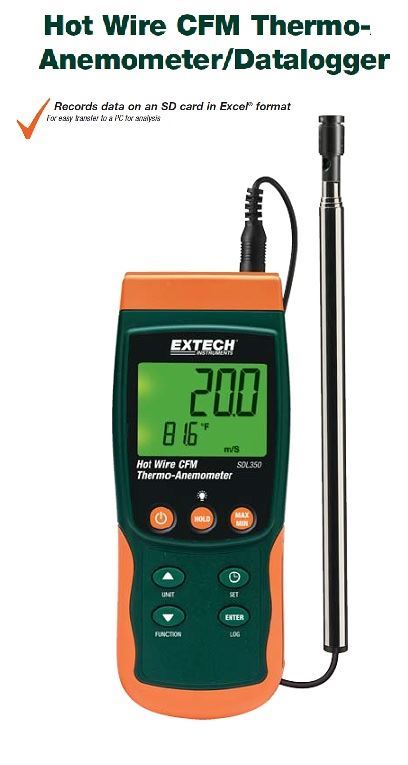

I love love love the Schmitt trigger circuit, it takes care of all my debouncing needs and sends out a CMOS/TTL compatible signal. The sensor mechanism is a 940nm LED and a Schmitt-trigger receiver. I'm probably mixing up all of these terms, but 15 minutes in the Home Depot plumbing aisle will set you straight. The CPVC coupling threads into the PVC adapter bushing. Materials: 98743A235 - Black Threaded Nylon Rod (5/16"-18 thread) 94900A030 - Black Nylon Hex Nuts (5/16"-18 thread) Cheap skateboard bearings 3/4" threaded CPVC adapter 3/4" to 1-1/2" PVC reducer to threaded 3/4" pipe Note: PVC and CPVC coupling dimensions are not the same, probably to prevent accidental misuse so swapping in a plain PVC 3/4" regular adapter won't work, however, the THREADS of a threaded adapter are the same, which is totally weird. It took a lot of playing around to make everything fit, but it left enough room for electronics. Ultimately I was able to stuff the 3/4" threaded CPVC coupling into a PVC 3/4" to 1-1/2" reducer. Home Depot is a fun place to mix and match CPVC/PVC fittings. I planned to attach an optical sensor to the bottom of the shaft, so I mounted the CPVC coupling into a larger base. It wasn't until I assembled the structure that I realize skate bearings handle planar load, and I was applying vertical load, so I should have used a thruster bearing, but they worked just fine, and probably helped manage friction from precession torque. They just happened to fit inside CPVC inner diameter 3/4" pipe adapter. I wanted to use bearings, but machine bearings are packed in rotor-slowing grease, so I bought some cheap skateboard bearings that had none. To reduce rotational inertia, I used a threaded nylon rod from McMaster Karr. The result was rather surprising, I was able to observe some very interesting trends, which I am saving for another report.

ANEMOMETER DATA LOGGER HOW TO
I didn't spend time trying to figure out how to write a command line USB app to dump the flash to standard out, but at some point I will need to figure this out.
ANEMOMETER DATA LOGGER SERIAL
To download the data, I had a complex system that read the flash and dumped it to the arduino serial monitor, and I cut and pasted into Excel. I didn't use linear regulators, I drove all voltage rails to 6V (even though some of the parts were rated 3.3V. In my original design, I figured I would need 4 C cells, but after a week they were still fully charged so I must have been off by an order of magnitude in the power consumption. With 8 megabits I figured I could collect about a week's worth of data. I wrote a simple program that logged two-byte rotation counts every second. I thought about going SD, but I wanted to keep the cost, power consumption, and complexity low. The data logger is simply an Atmega328P with an 8 mbit flash chip. Other designs used magnetic sensors or actual DC motors, but both of those slow the rotor down, optics use a little more power but offer no mechanical resistance. To accomplish this, I used all plastic parts (including threaded vinyl rods), ball bearing linkages, and optical sensors. I decided to go for a really lightweight rotor design with as little inertia and resistance as possible.

Second, I wanted it to be able to record very small gusts of wind, several of the designs here required rather strong winds to get going. First, I wanted the device to run self-contained, outdoors, for a week. I looked at some of the instructables for anemometers and found them quite useful, but needed to make some engineering changes. A year ago when I discovered the Arduino products, I immediately thought, "I'd like to collect environmental data." It was a windy day in Portland, OR, so I decided to capture wind data.


 0 kommentar(er)
0 kommentar(er)
